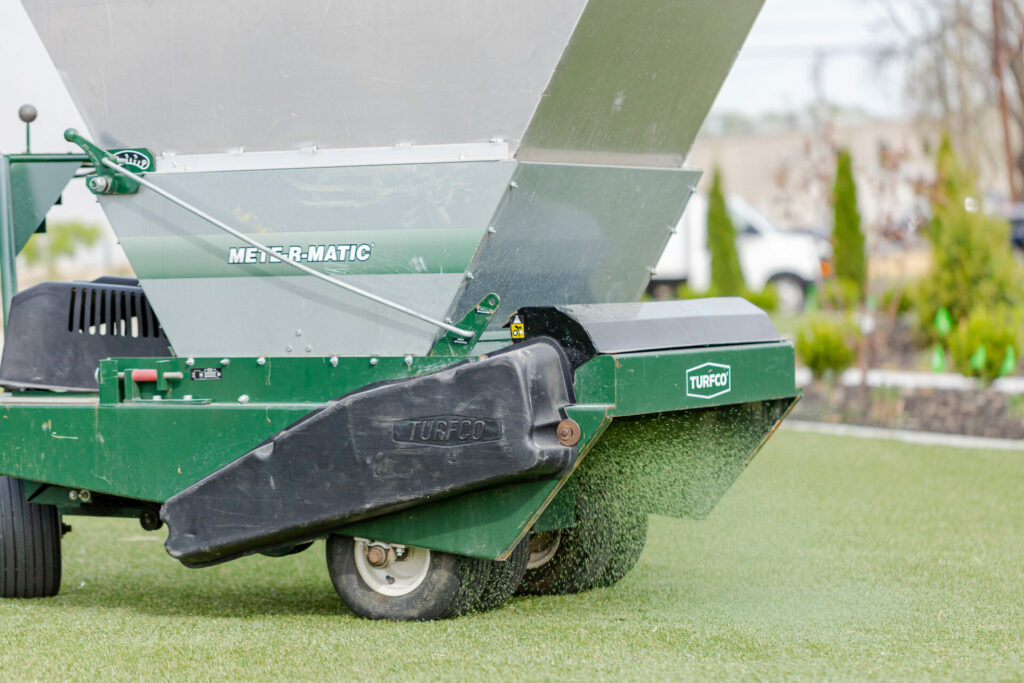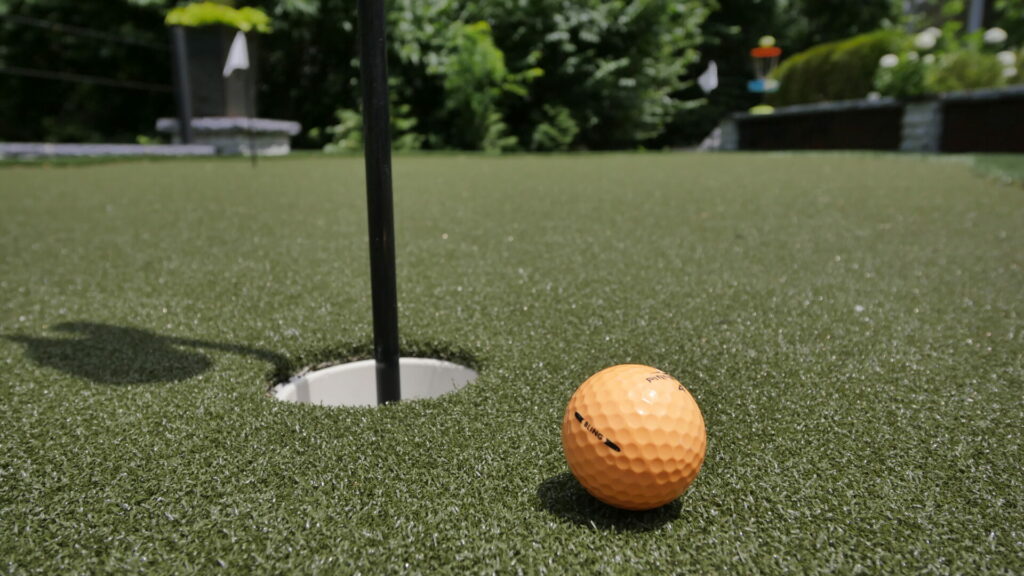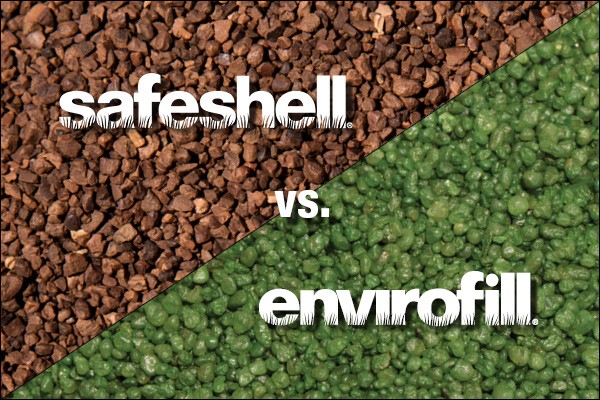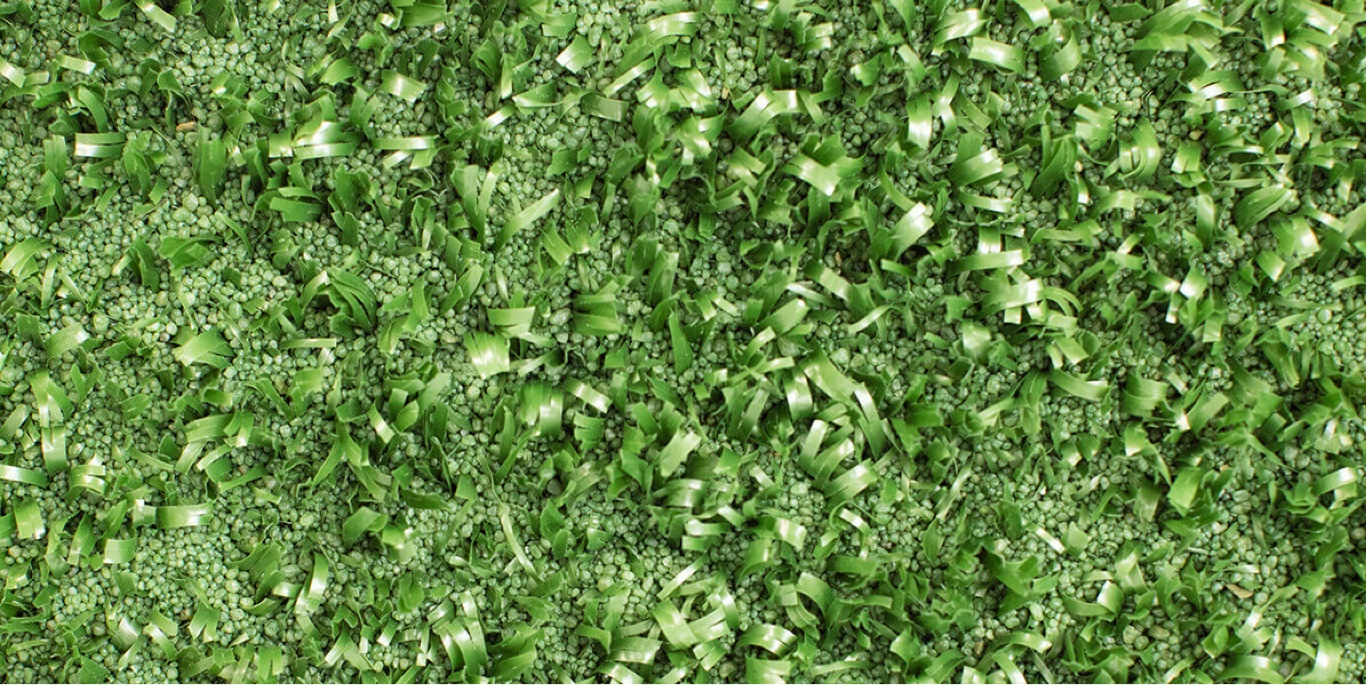
Infill Landscape Blog
Subscribe To Email Updates
Subscribe to our weekly newsletter and we’ll send updates straight to your inbox
How Do I Install Infill in the Rain or Snow?
“Fail to Plan, Plan to Fail”? … That is the thought that should be going through every synthetic turf contractor’s mind when scheduling your infill placement.
Synthetic turf contractors around the country are recognizing the importance of infill placement as a key component for ballast, fiber uplift, and longevity.

When? How? Where? And Why?
These are the questions that need to be asked when understanding placement of synthetic turf infill.
“When” and “When not to” is just as important as knowing How? Where? And Why?
Sending your teams out to install Infill when there is chance of precipitation will cost you time, money and lots of frustration. Precipitation (rain, snow, sleet, or hail) can cause havoc on your synthetic turf installation.
When moisture comes in contact with synthetic turf fibers it prevents Infill from dropping into and down to the base of the synthetic turf. Moisture can prevent all Infill materials from doing its job.
Placing infill when synthetic turf fibers are wet is like trying to get beach sand off your feet when you leave the beach.
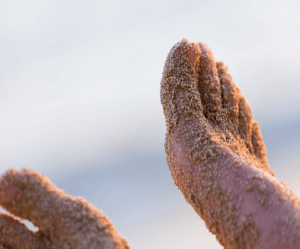
Many issues arrive by trying to install Infill when synthetic turf fibers are wet.
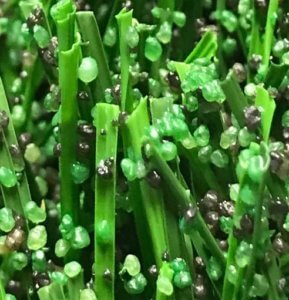
1. Prevents Ballast – The infill will stick to the fibers preventing them to drop to the base of the turf and ballast (weigh down) the turf system. Ballasts gives stability and longevity to synthetic turf systems.
2. Trapping of Fibers – If the fibers are wet, the infill will “bunch up” and trap fibers causing large sand pockets.
3. Prevents Vertical Stability – Infill that is placed into wet synthetic turf will remain on the top region of the fibers and will not serve purpose as simulated soil. Soil allows natural grass stems to remain vertical even through heavy foot traffic. Synthetic turf infill serves the same purpose.
4. Voids – when synthetic turf is wet, infill will not drop evenly and/or to the bottom of the turf system and will create voids in the system which may cause premature wear and/or matting.

Installing synthetic turf Infill during precipitation will cause “Infill Depths” to be different than the synthetic turf manufacture infill specification. Infill depths that are not respected may cause void in warranties.
If the required amounts of infill are not achieved, injuries or accidents may occur in systems that require H.I.C (Head Injury Criteria), GMAX and surfaces that are rated for sports and training surfaces.
Successful synthetic turf contractors stay in touch with future weather patterns. I recommend checking with your local weather prior to any synthetic turf installation or download the NOAA NATIONAL WEATHER DOPPLER APP to ensure that you save yourself and your team the hassle of placing infill into “Wet Turf”.
What do I do if it has rained and the turf is wet?
If you must get the job done due to time constraints or installation deadline, you must dry out the turf in order for the infill to penetrate to the bottom. Once the turf is dry then proceed to infill.
Don’t rush your projects, protect your investment, and plan your Infill placement in good weather conditions.
Similar Blogs
